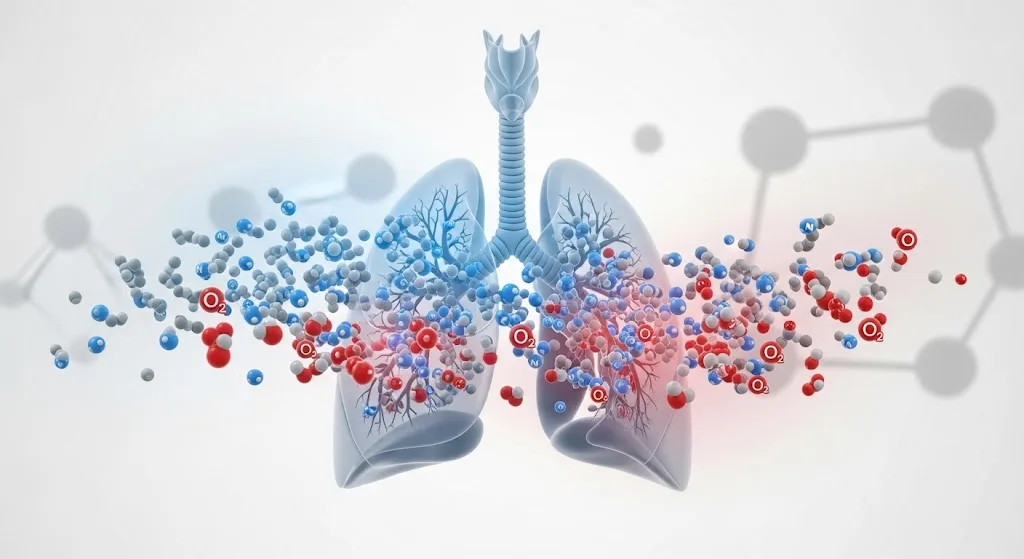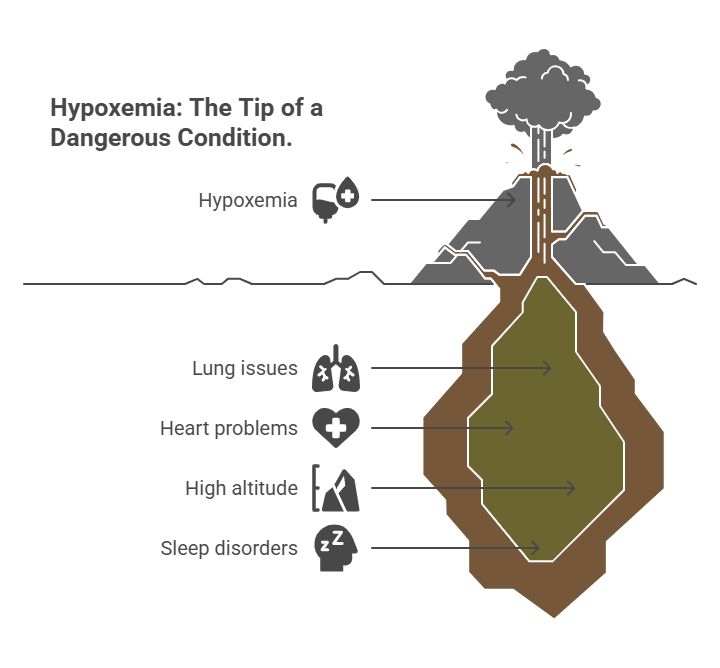

Oxygen is the invisible fuel that powers every cell in our body. While we often take breathing for granted, oxygen plays a central role in sustaining life, producing energy, and maintaining organ function. Without it, even a few minutes can cause irreversible damage. This article explores why oxygen is essential, what happens when levels drop, and how the body responds to protect itself.
At the cellular level, oxygen drives the process of cellular respiration. When we inhale oxygen, it travels into our bloodstream and enters cells, where it helps convert glucose into adenosine triphosphate (ATP) — the molecule that provides energy for everything we do.
Simply put: oxygen = energy. Without it, the body cannot sustain critical functions like heartbeat, brain activity, or muscle movement.
Hypoxemia is a condition where oxygen levels in the blood fall below normal. This can result from:

If oxygen levels remain low, tissues and organs can no longer function effectively, leading to hypoxia (low oxygen at the tissue level). Prolonged hypoxia may cause organ damage.
The body gives warning signs when oxygen levels drop. Key symptoms include:
The human body has built-in survival mechanisms to adapt:
These responses work in the short term, but if oxygen remains low, medical intervention (oxygen therapy, CPAP/BiPAP, or ventilators) may be necessary.
Conclusion
Oxygen is not just air we breathe — it is the foundation of life and energy. From fueling cellular processes to supporting brain and heart function, its role is irreplaceable. When oxygen levels drop, the body works hard to adapt, but long-term deficiencies can lead to serious health issues. Recognizing the signs of low oxygen and seeking timely care is vital for overall well-being.